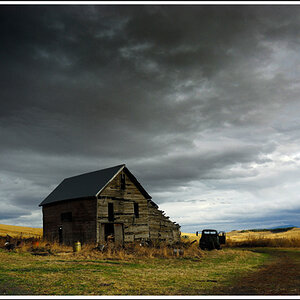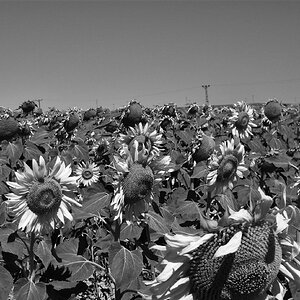Pablo90
TPF Noob!
- Joined
- Apr 14, 2010
- Messages
- 3
- Reaction score
- 0
- Location
- Switzerland
- Can others edit my Photos
- Photos OK to edit
Hi guys, let me introduce to you: My name is Paolo and I'm a Swiss guy 
I would like to ask you some advices about night shots
How can I take a picture of a landscape and get a deep-dark sky and clear lights?
Here is some examples of my results (these are NOT my pictures):
http://upload.wikimedia.org/wikipedia/commons/c/c8/Los_Angeles_Basin_at_night.jpg
What I would like to have (maybe it's too much, but sth like that):
http://fc09.deviantart.net/fs37/i/2008/247/7/0/Los_Angeles_at_night__by_TrashyDiamond.jpg
http://fc07.deviantart.net/fs71/i/2010/005/7/d/Los_Angeles_at_night_by_Gregro.jpg
http://fc00.deviantart.net/fs45/f/2009/103/4/c/The_City_of_Angels_by_Arenon.jpg
http://fc02.deviantart.net/fs32/f/2008/197/c/e/2008_07_08___Downtown_LA_1_by_rubixcu8e.jpg
My camera: Nikon | Imaging Products | Product Archives - Digital SLR Cameras : Nikon D40
Thank you in advance, Paolo
I would like to ask you some advices about night shots
How can I take a picture of a landscape and get a deep-dark sky and clear lights?
Here is some examples of my results (these are NOT my pictures):
http://upload.wikimedia.org/wikipedia/commons/c/c8/Los_Angeles_Basin_at_night.jpg
What I would like to have (maybe it's too much, but sth like that):
http://fc09.deviantart.net/fs37/i/2008/247/7/0/Los_Angeles_at_night__by_TrashyDiamond.jpg
http://fc07.deviantart.net/fs71/i/2010/005/7/d/Los_Angeles_at_night_by_Gregro.jpg
http://fc00.deviantart.net/fs45/f/2009/103/4/c/The_City_of_Angels_by_Arenon.jpg
http://fc02.deviantart.net/fs32/f/2008/197/c/e/2008_07_08___Downtown_LA_1_by_rubixcu8e.jpg
My camera: Nikon | Imaging Products | Product Archives - Digital SLR Cameras : Nikon D40
Thank you in advance, Paolo



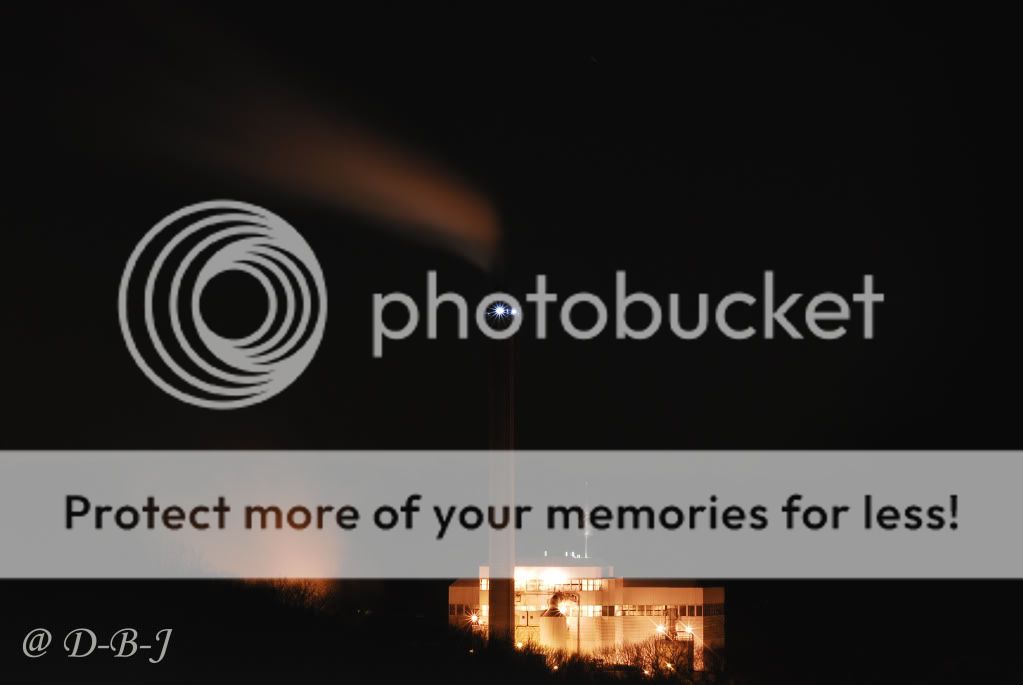


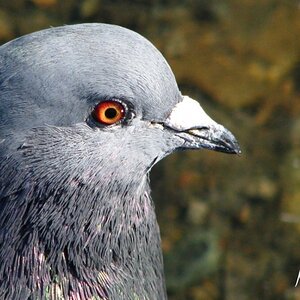
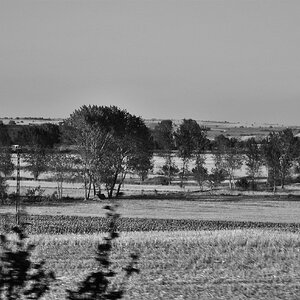
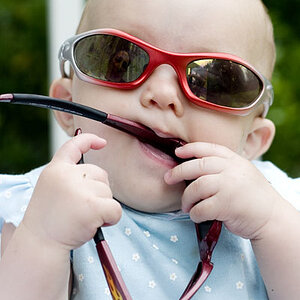
![[No title]](/data/xfmg/thumbnail/32/32631-60d0db057ee085953a0921e337396654.jpg?1619735552)
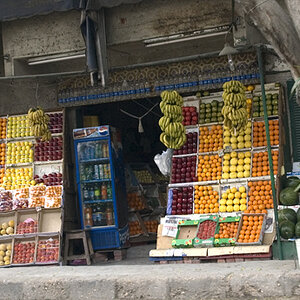
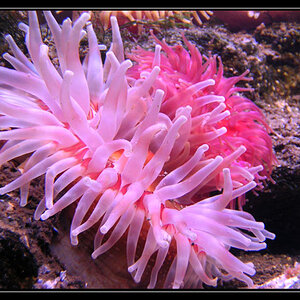
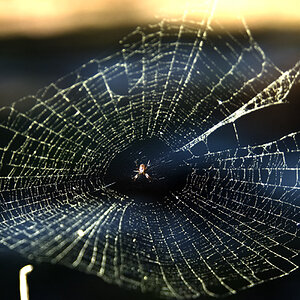

![[No title]](/data/xfmg/thumbnail/31/31979-ea92aca54ae865842d998c9cec534991.jpg?1619735137)
